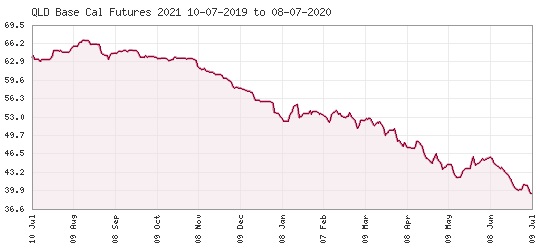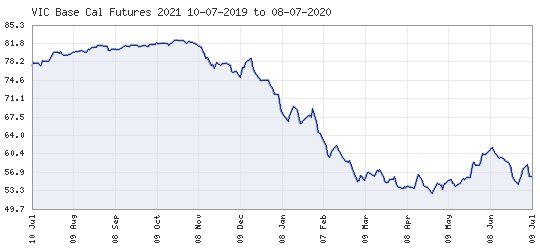How Did Electricity Prices Come Down?
Electricity prices go up and go down like a yo-yo, don’t they? Many events have disrupted the energy market in Q2 of 2020 including but not limited to the collapse of fuel (oil) prices, COVID 19 expected to reduce commercial & Industrial energy demand and increase household demand and the huge amount of renewable energy entering the market.
What could be the two things that businesses can do to protect their bottom line?
Before answering that, here are interesting information that can provide some context. Clare Savage (Chair of Australian Energy Regulator) made this remark:
“This year the AER will complete its biennial review of the performance of the wholesale electricity market. Wholesale electricity prices have been the largest contributor to retail price rises over the past few years. This review will analyse longer-term trends in wholesale prices and generator costs, and explore a number of emerging market trends.
Fortunately, stubbornly high wholesale electricity prices have finally begun to fall as large volumes of renewable energy enter the market and fuel prices fall. This should bring some relief to consumers in the coming years. The entry of large volumes of renewable energy means we need a stronger grid to support a least-cost energy system. The AER has approved two new electricity transmission projects this year (Queensland – NSW, and NSW – South Australia) in record time to ensure we can meet the future needs of consumers.
Those active and engaged consumers among us long for smart homes and appliances that can be used to participate in the emerging energy marketplace. More rooftop solar photovoltaic (PV) and battery systems will require creative and nimble regulatory approaches to ensure the integration of these resources benefit all. More innovative network tariffs—such as the SA Power Networks’ ‘solar sponge’ tariff that the AER approved this year—will be critical. The AER is also supporting investment in demand management innovations that will reduce the need to invest in network assets.”
As you might have guessed, the number 1 thing to do is to reduce your energy consumption.
The entrance of the huge amount of renewable energy highlighted above implies that many more have deployed renewable energy sources, predominantly solar, to reduce consumption. More than 1 government incentives currently available have made solar so affordable with a high Return on Investment figure.
The number 2 thing to do is to take the wholesale energy market into account when deciding on your energy supply.
Below are ASX Wholesale Spot Price data to give you a picture of ‘timing to market’ for your Electricity Procurement moving forward.
The Current State of Play - ASX Wholesale Spot Price for Electricity in Victoria.
ASX Wholesale Spot Price in Victoria 09.07.2020

The Wholesale Spot Price in Victoria has moved down significantly from October 2019 to July 2020 from $ 82.20 / Mwh to $ 55.90 / Mwh a decrease of 32.00 % points.
The Current State of Play - ASX Wholesale Spot Price for Electricity in Queensland.
ASX Wholesale Spot Price in Queensland 09.07.2020

The Wholesale Spot Price in Queensland had moved down significantly from August 2019 to July 2020 from $ 66.70 / Mwh to $ 39.30 / Mwh a decrease of 41.08 % points.
This was the lowest it had been for over 4 years and will be reflected in your Peak & Off-Peak rates, so locking in and forward contracting certainly is to be considered.
If you want to best position yourself in the ever-changing energy market, then please reply to [email protected] for a complimentary consultation with a leading energy procurement specialist.
Posted on Jul 14, 2020
